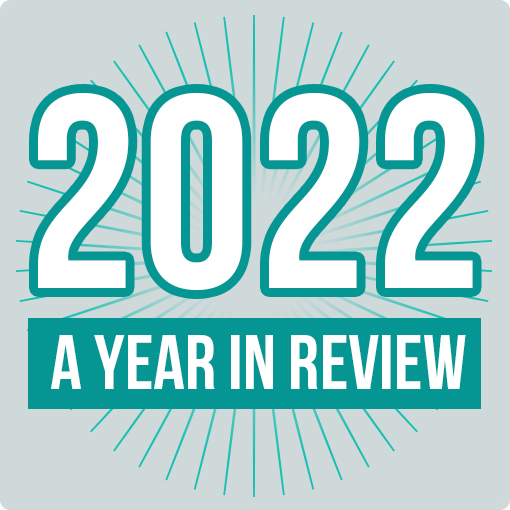Hands up those keen to kick off a project to develop some payroll software for the education sector?
Yep, thought so.
Based on recent events this looks like to be a sizable task with unending opportunities for things to go awry. So naturally you wouldn’t expect the creation of a humble website to cause anything like the stress and anguish of a project like this could.
And you would be right… In most instances!
As you probably know, we don’t build websites. We market those built by others. This work brings us right up close to the development stage as client’s update existing sites or new clients join with the need to launch something new. We have worked alongside web developers made up of the humble one person band to sizeable teams deployed across similarly sizeable projects.
Thankfully after 10 years of operation we have yet to see one go completely careering off the tracks into financial oblivion. A few have wobbled and caused consternation for everyone involved, but fortunately have then self corrected and gone live, much everyone’s relief.
Nevertheless any website project of reasonable size has the opportunity to head down both roads. So here’s my reasonably educated view as bystander of the attributes of those that make it through – from concept to go live – with relationships and budgets intact.
Attribute #1 An understanding that there is ample ability for it all to go “Pear” shaped

Paranoia can be a wonderful thing when it comes to software development.
Those experienced in this category already have their own horror stories of being involved in projects that took twice as long, cost three times as much and still didn’t go live. Nobody wants to experience this scenario.
Attribute #2 Apply customisation only when it’s really, really necessaryThe old “once bitten, twice shy” analogy applies nicely here. A website build is a software development project. A relatively small one I admit but still there is software and it needs to be developed so hence the risks are there. Realising that there is an opportunity for complete disaster ahead suddenly makes all I’m going to talk about next seem quite logical rather than totally unnecessary.
The more your project calls upon software / features that have been used before then the greater your chances of success. It’s so much safer to try to keep within the well worn paths of what others have used before.
This can drive the choice of who you pick as your web development partner. So if your list of wants is new for your proposed partner but seems well used by another and the sites they have built then it may be good to consider the merits of switch. Sometimes though the customisation is driven by what has always gone before. For instance, I heard on the radio that there were over 10,000 different ways of paying teachers and each needed customisation by the payroll software struggling with the task. Ten thousand! That’s a lot of customisation – surely with some changes back at base this could have been whittled down to half that amount?
Attribute #3 Written Documentation
Documentation is one of those things that has more value when it’s not there.
“If only we had it writing?”
People will leave. It’s as simple as that. Memory is a fickle beast at best during the project period, let alone when the site needs to be maintained later on. The more you can write down at the start of the project the greater your chances of experiencing it at the end. The inaccurate interpretation of your needs is frequently caused by poor documentation.
So you may have told the sales person over coffee how you wanted the shopping cart to work with some scribbles on a paper napkin – which they promptly lost. So they told the team manager what they thought you said who told the developer tasked with the actual work – Chinese Whispers here we come. The result being you get something back that may look great but is not what you wanted.
Attribute #4 Shop where the rest shop

I own an iPhone, as does my wife Claire. If there’s a problem with either I just head over to Google and type a description of it in and in nearly all cases a solution comes up. These are global products that thankfully share their problems around the globe which makes finding a solution a lot easier.
Likewise if you develop your website on some well known platforms, there are a number of these, then when your web supplier goes bust (don’t think I’m adding too much paranoia here as I have seen half a dozen follow the same path in the last 6 years), then finding a person to pick up the pieces and provide you with ongoing support is going to be relatively easy.
Relative to that is whether the website was built on a custom created content management system written in a little know development language that has since been left behind as the bright young developers have moved onto something else.
Add in a few months worth of custom development they did for you at the start and you have a site that no one can understand, let alone support, and the $35K you spent two years back is now needed again to get a replacement up and running asap. Sweaty palms yet?
Attribute #5 Move quickly to achieve small gains
Good projects move ahead at a fair clip. They jump from task to task slowly building upon themselves as they go. Signs of the pace slowing are signs of trouble. Customisation that was thought to be easy by the sales person proving to be the exact opposite by the development team is the classic situation. Weeks without anything occurring of note is a sure sign things are heading off into the “badlands”.
Developing website solutions with minimal customisation on well proven platforms by experienced teams should not be difficult. It should move fast.
Final Attribute #6 Testing shouldn’t be testing
All going well – and if the previous 5 attributes have been applied – then the testing phase of your development should be a time to pick over the occasional niggle not any major blunders. Ideally this is where you compare the documentation you wrote at the start with what’s in front of you on your screen. And as your project used very limited customisation the core functions of the site have been well picked over by others before you.
Well there you go. Six attributes that by including in your next website build will help you keep things on track and ensure what you end up with is a close representation of what you wanted from the start.
As I mentioned earlier, we don’t develop sites but are very active to ensure those that are do so in a way that they will support rather than hinder their future marketing. Just drop us a line at sales@permission.co.nz if you would like to talk to use further or would like help with your online marketing for an existing or newly built website.


